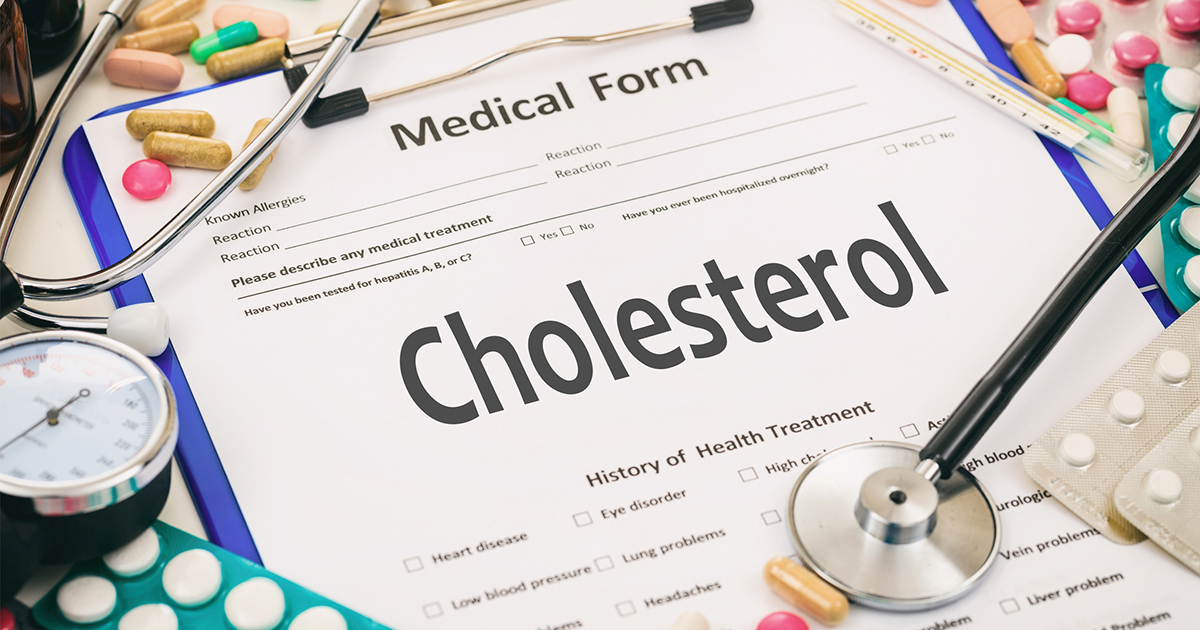Overview Of Atorvastatin (Lipitor)
Atorvastatin is a prescription medication primarily used for the treatment of high cholesterol. Patients take atorvastatin by mouth, and it is available in doses of ten, twenty, forty, and eighty milligrams. This medication must be taken daily, and it can be used by patients who are ten years old and older. While it is safe to take atorvastatin with or without food, patients should always take it at the same time each day. To reduce cholesterol as much as possible, patients are advised to follow a low-fat diet and to do regular physical activity during their treatment with atorvastatin. Regular blood tests may be necessary to monitor the patient's cholesterol levels, and many individuals will need to take atorvastatin for the rest of their lives.
The uses, side effects, precautions and medication interactions associated with atorvastatin are discussed below.
How It Works

Atorvastatin is part of a group of medicines known as HMG-CoA reductase inhibitors. Commonly referred to as statins, these medications work by blocking the action of the HMG-CoA enzyme. This enzyme is located in the liver, and it produces up to eighty percent of the total cholesterol in the body. By blocking the HMG-CoA enzyme, the body makes less cholesterol, and the liver also removes some of the cholesterol from the blood. These mechanisms lead to reductions in total cholesterol, triglycerides, and low-density lipoprotein (LDL) cholesterol. Compared to other statins, atorvastatin provides a more significant reduction in cholesterol at a lower dose. The medication can reduce cholesterol by as much as sixty percent, and it starts working within one to two hours. Patients who have just started taking atorvastatin can expect to see reductions in cholesterol after two to four weeks of treatment.
Reveal the uses and benefits of atorvastatin next.
Atorvastatin Uses And Benefits

Atorvastatin is used to reduce total cholesterol and low-density lipoprotein cholesterol in patients who have been diagnosed with high cholesterol. It helps reduce triglycerides, and it has also been shown to increase levels of high-density lipoprotein cholesterol (the 'good' kind) in the blood. Doctors may prescribe this medicine to reduce the risk of strokes, heart attacks, and cardiovascular complications in patients who have coronary heart disease, type 2 diabetes, or other conditions that may increase the likelihood of a cardiac event. This medication could improve long-term outcomes for patients who have had a heart transplant, and it may reduce cardiac allograft vasculopathy. Current guidelines suggest atorvastatin should also be prescribed to reduce the risk of cardiovascular events in patients who have had a kidney transplant.
Continue reading to reveal the potential side effects of atorvastatin next.
